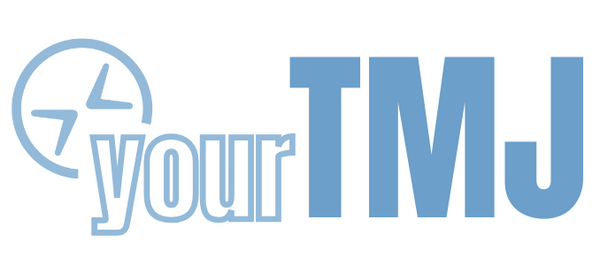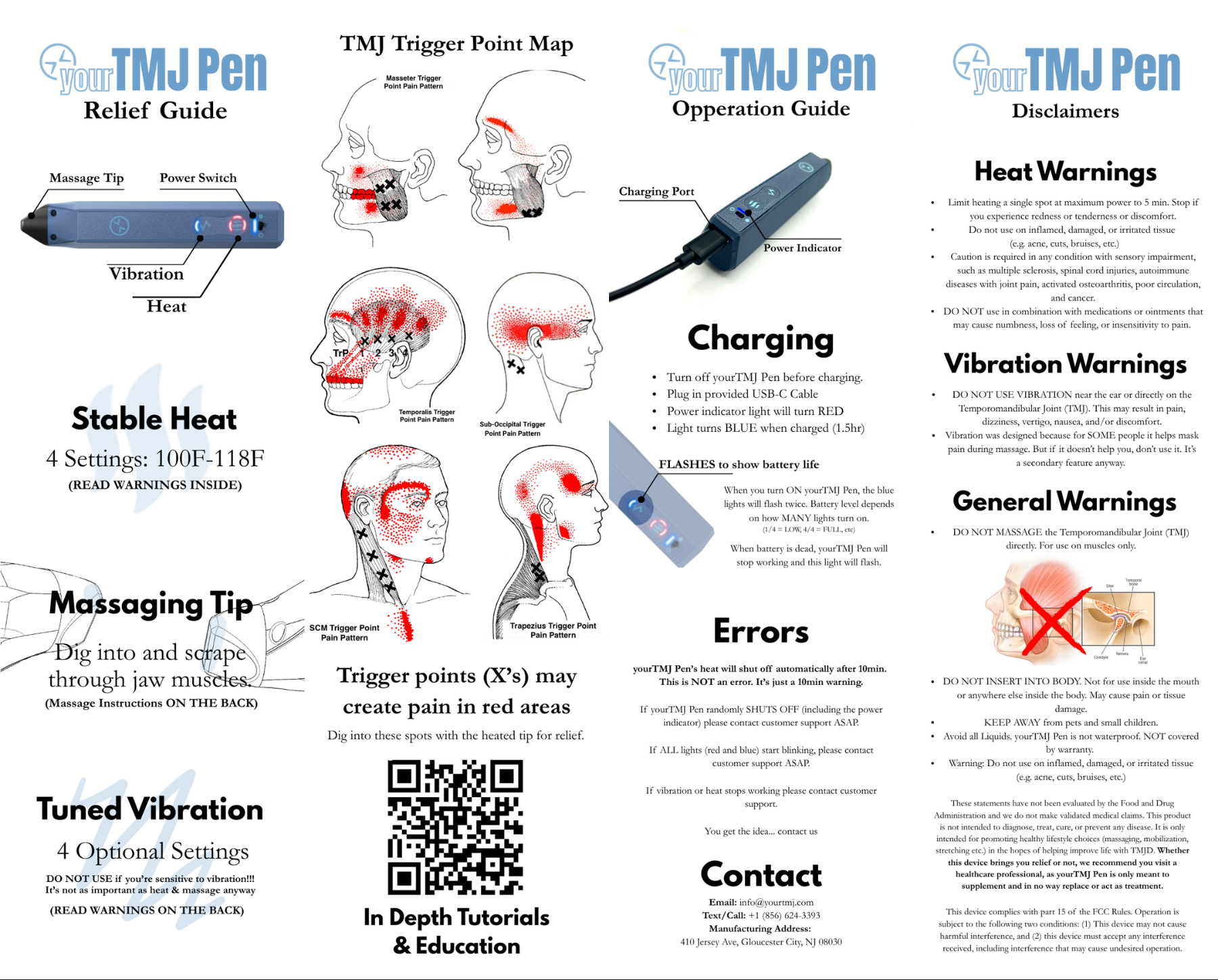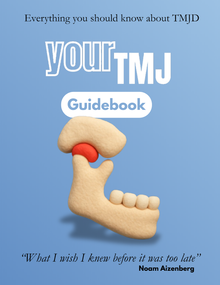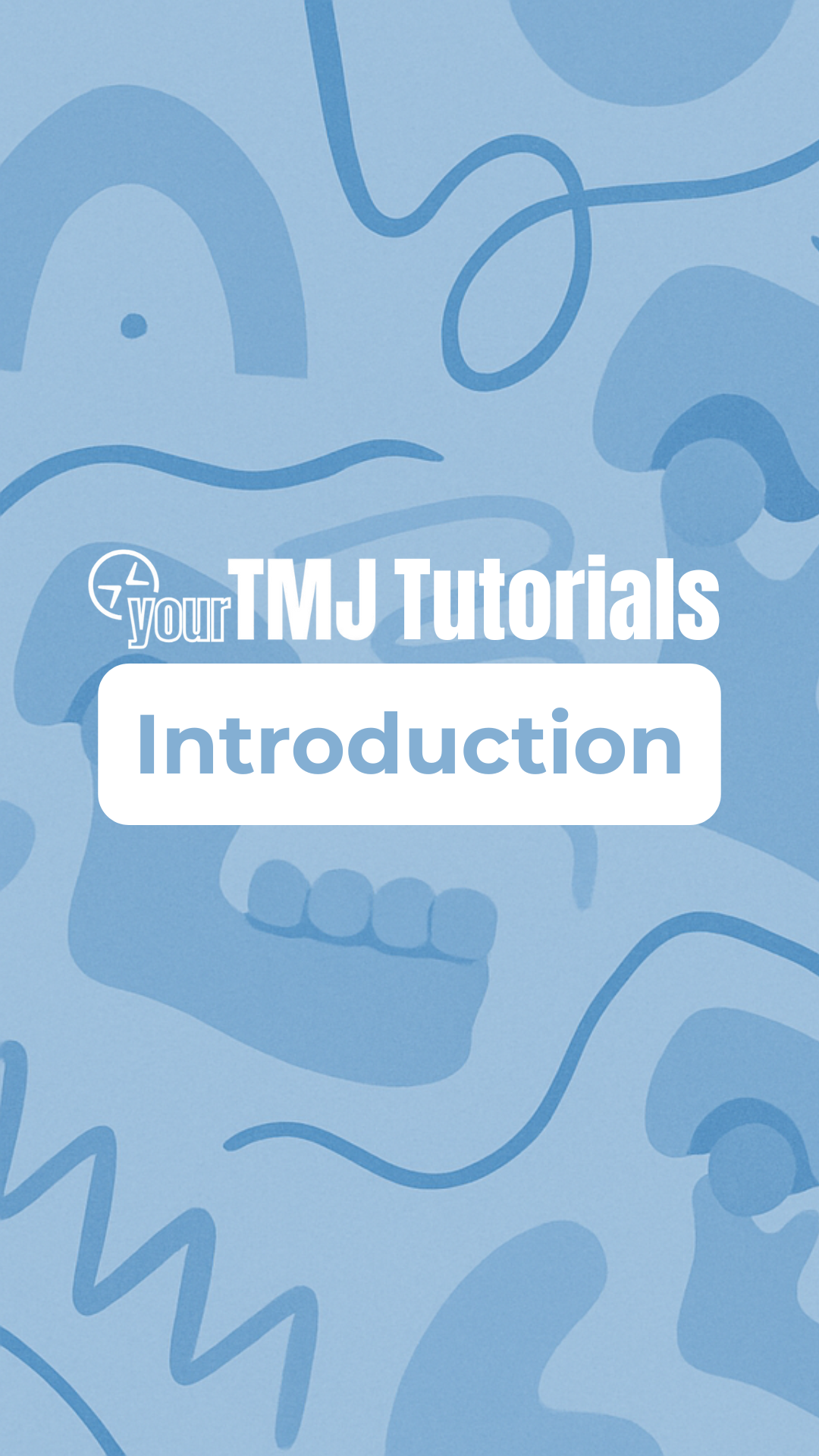
Video #1: Introduction
Summary
- Charging and operation instructions
- Use the heated tip to dig into the trigger points shown in the provided pamphlet
- Don't use vibration or a lot of force on the joint (TMJ) itself. Focus on the muscles.
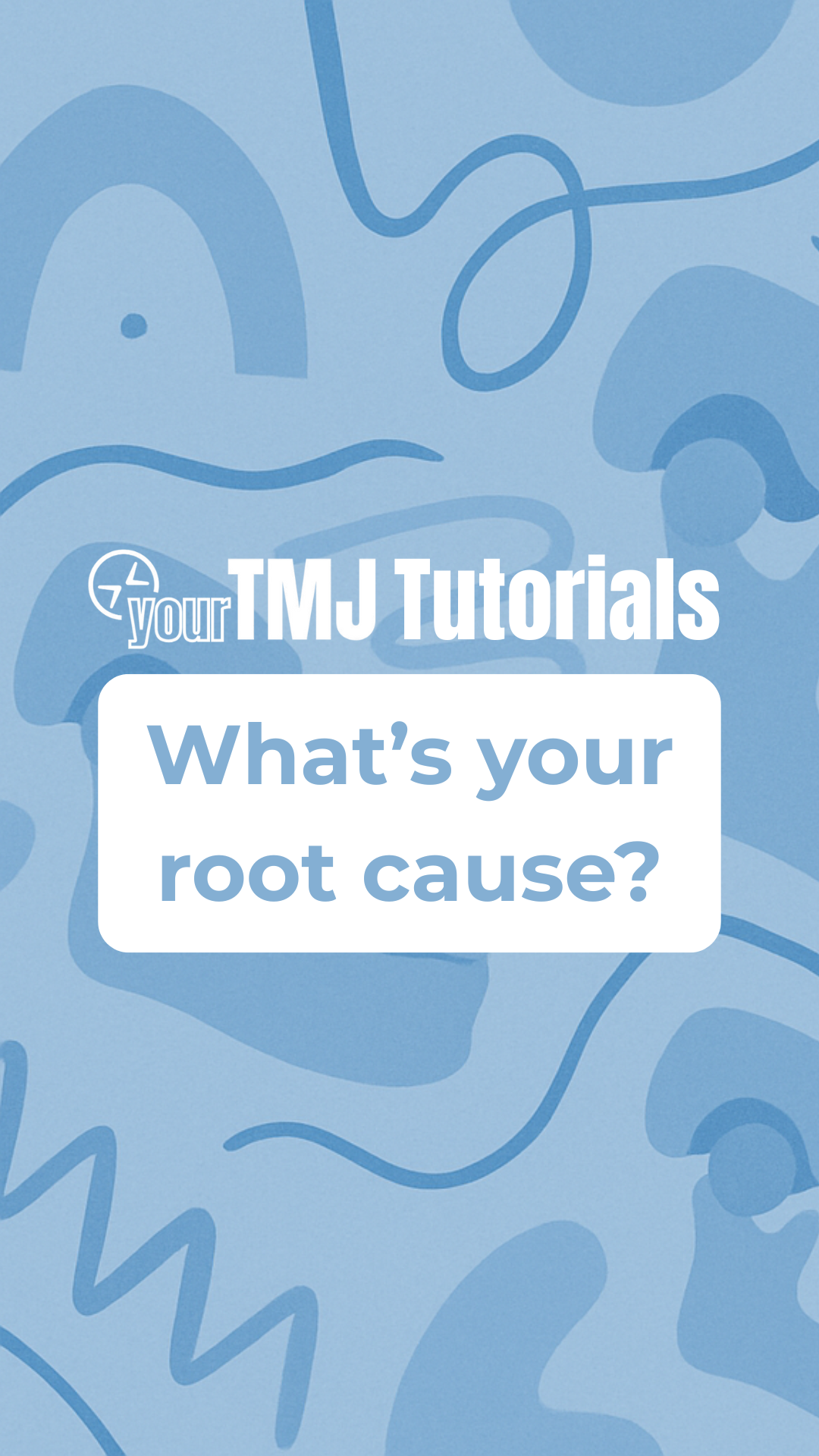
Video 2: Figure Out Your Root Cause
Summary
We ask 5 questions to help you determine...
- Are your problems due to bruxism?
- Are your problems joint(TMJ) related?
- Are your problems muscular?
- Do your problems stem from the neck?
- Are your problems neurological?
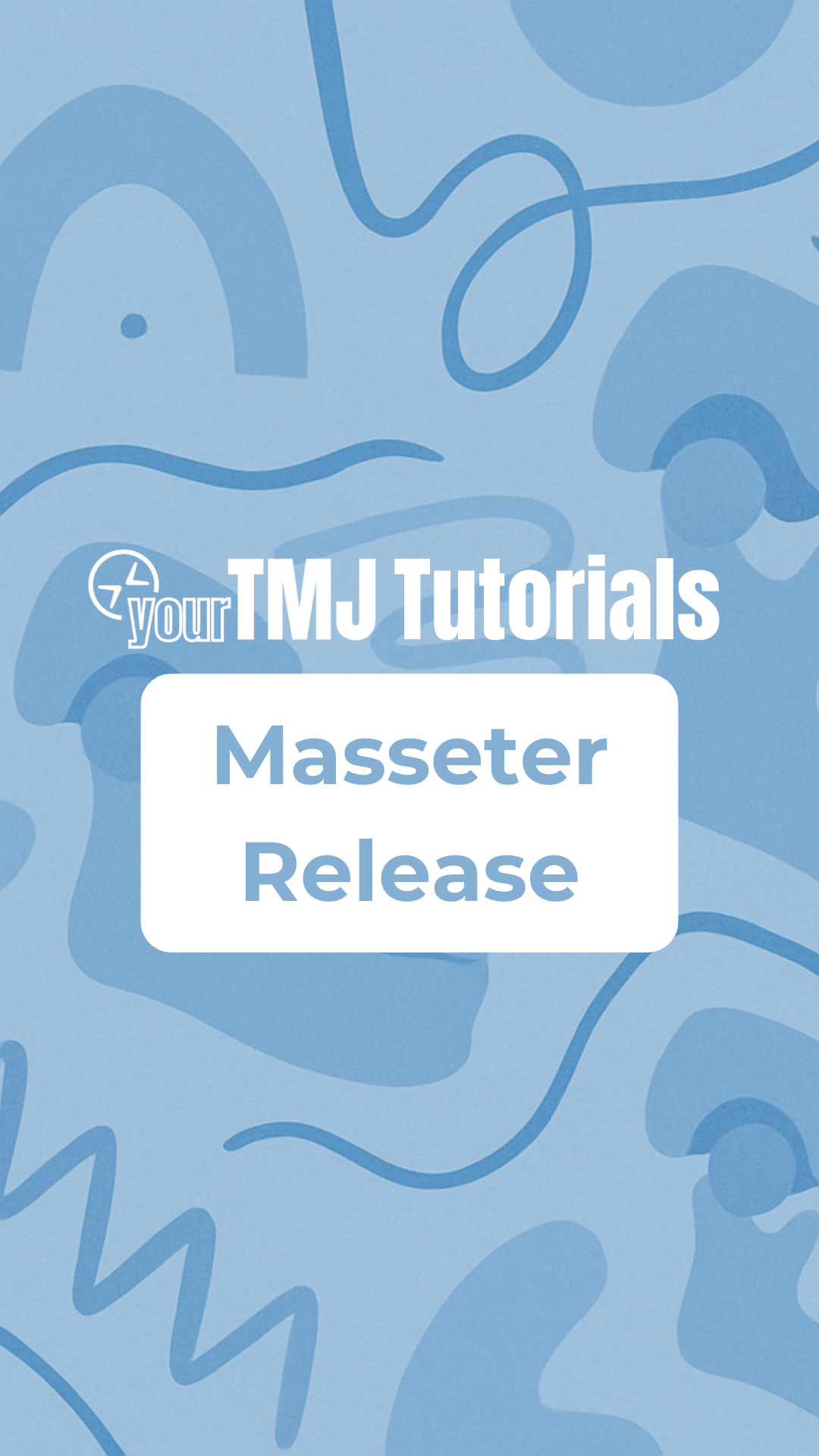
Video 3: Release the Masseter
Summary
- The masseter muscles may be the biggest culprits in your jaw pain and tension!
- We show you how to use yourTMJ Pen to effectively release them 1-3x a day
- Essentially you can use the edge of the tip to scrape through the masseters along and against the grain of the muscle.
- Then use the corner of the tip to dig into tender areas of extra tension. Apply a gentle twist for added pressure.
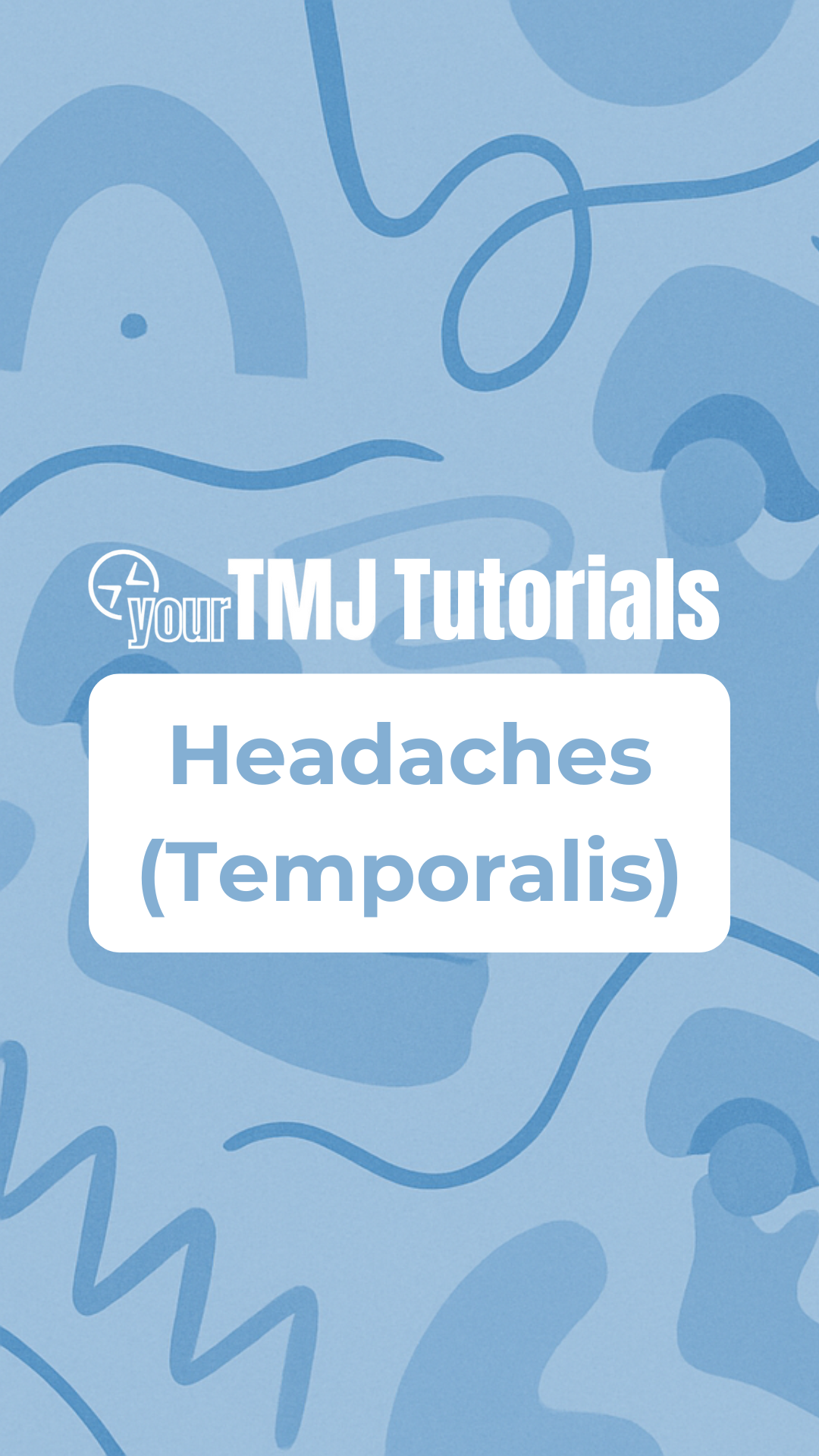
Video 4: Temporalis Release for Headaches
Summary
- An overactive temporalis muscle is so often responsible for your headaches and jaw pain.
- We show you how to use yourTMJ Pen to release it quickly and effectively.
- To figure out the REASON why your temporalis overactive, read this
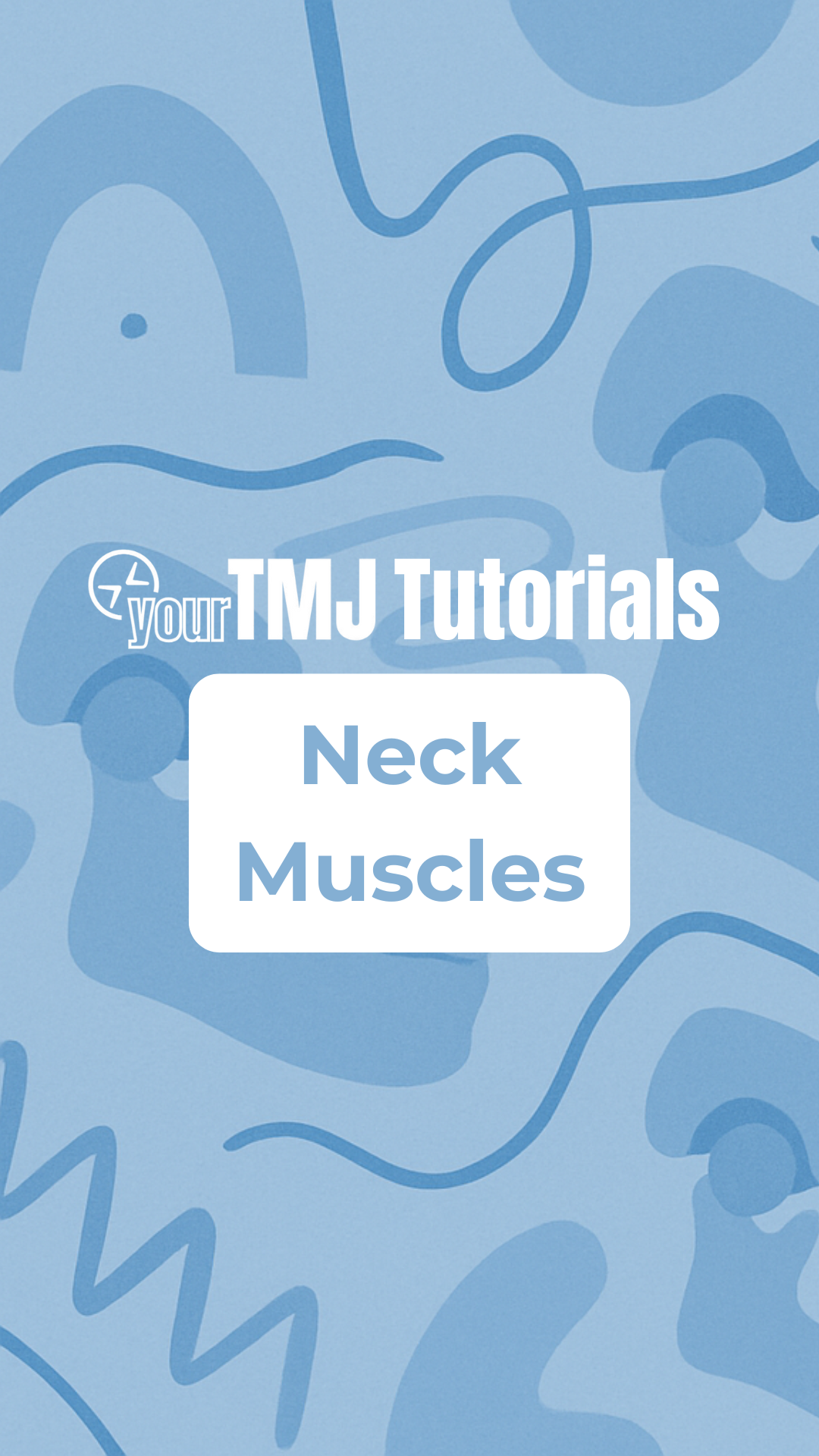
Video 5: Neck Muscle Release for TMJD
Summary
- Neck muscles frequently refer pain to the head and jaw, especially in people with TMJ Disorders
- In this video, we show you where and how to release these neck muscles
- Sternocleidomastoid (SCM) muscle
- Splenius Capitis Muscles
- Trapezius Muscles
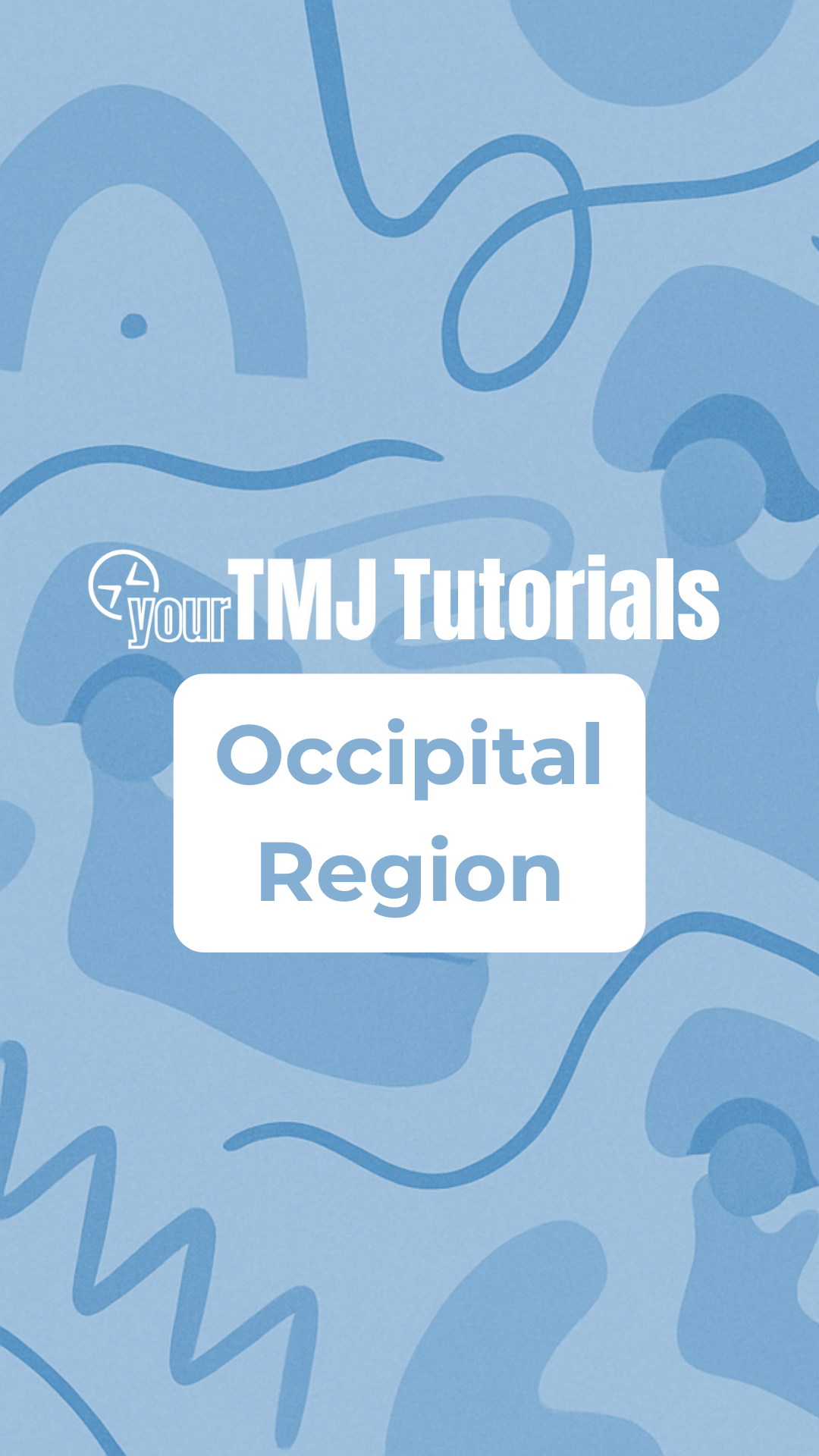
Video 6: Occipital Region Release
Summary
- Do you deal with dizziness, ringing in the ears, brain fog or just a bunch of facial/neck pain?
- The occipital region (back of the skull) is gold mine of nerves and muscles that may cause all of this
- We show how you can release it with yourTMJ Pen
- Posture is often a root cause, so read yourTMJ Guidebook if you want to learn about your TMJD
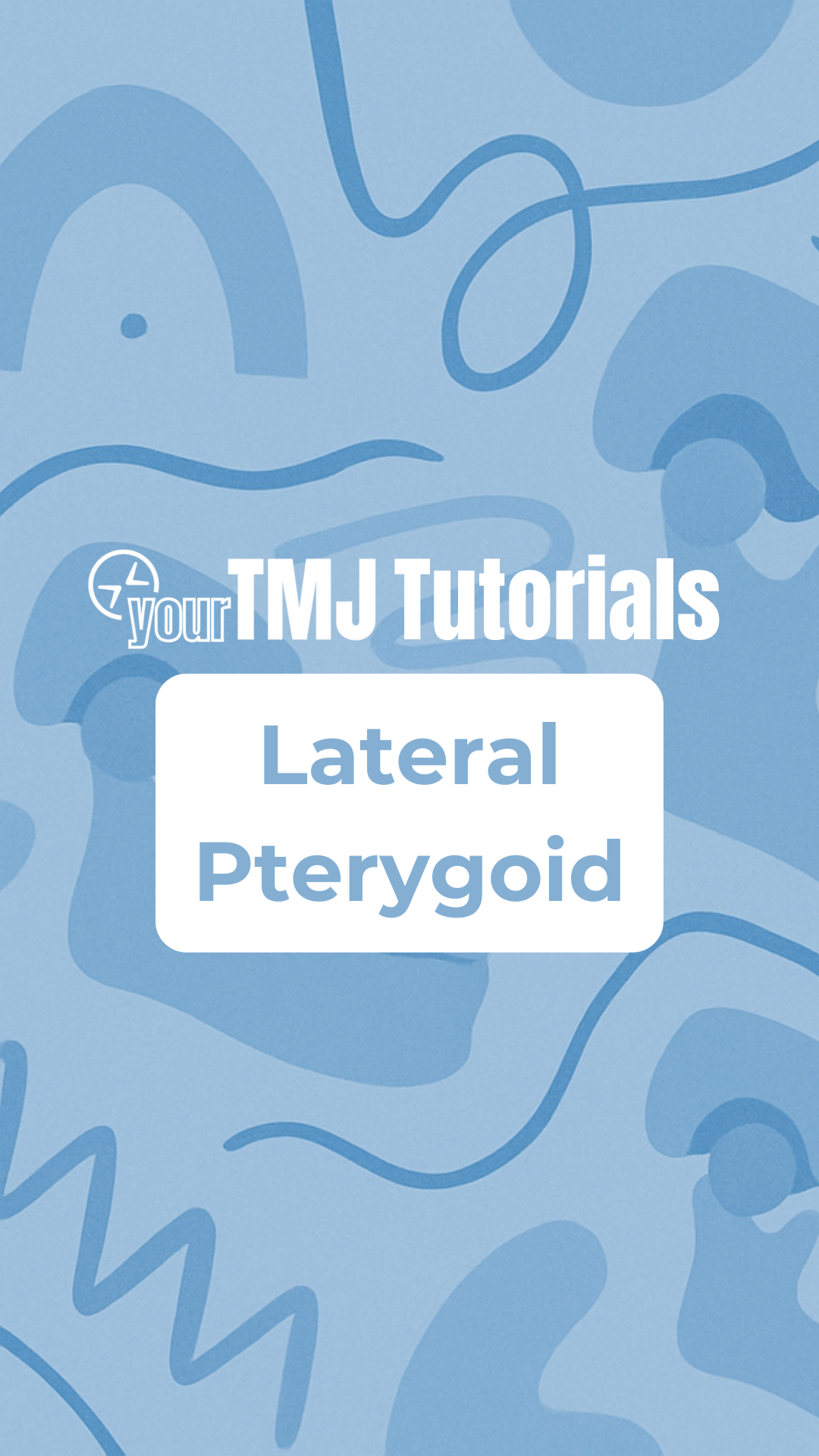
Video 7: Lateral Pterygoid Release
Summary
- Does your jaw click, shift, ache or lock?
- The lateral pterygoid is a really important muscle to learn to release at home because it may trigger all of that.
- The access point to it lies deep inside your mouth, so you won't need the pen here (it's THAT important).
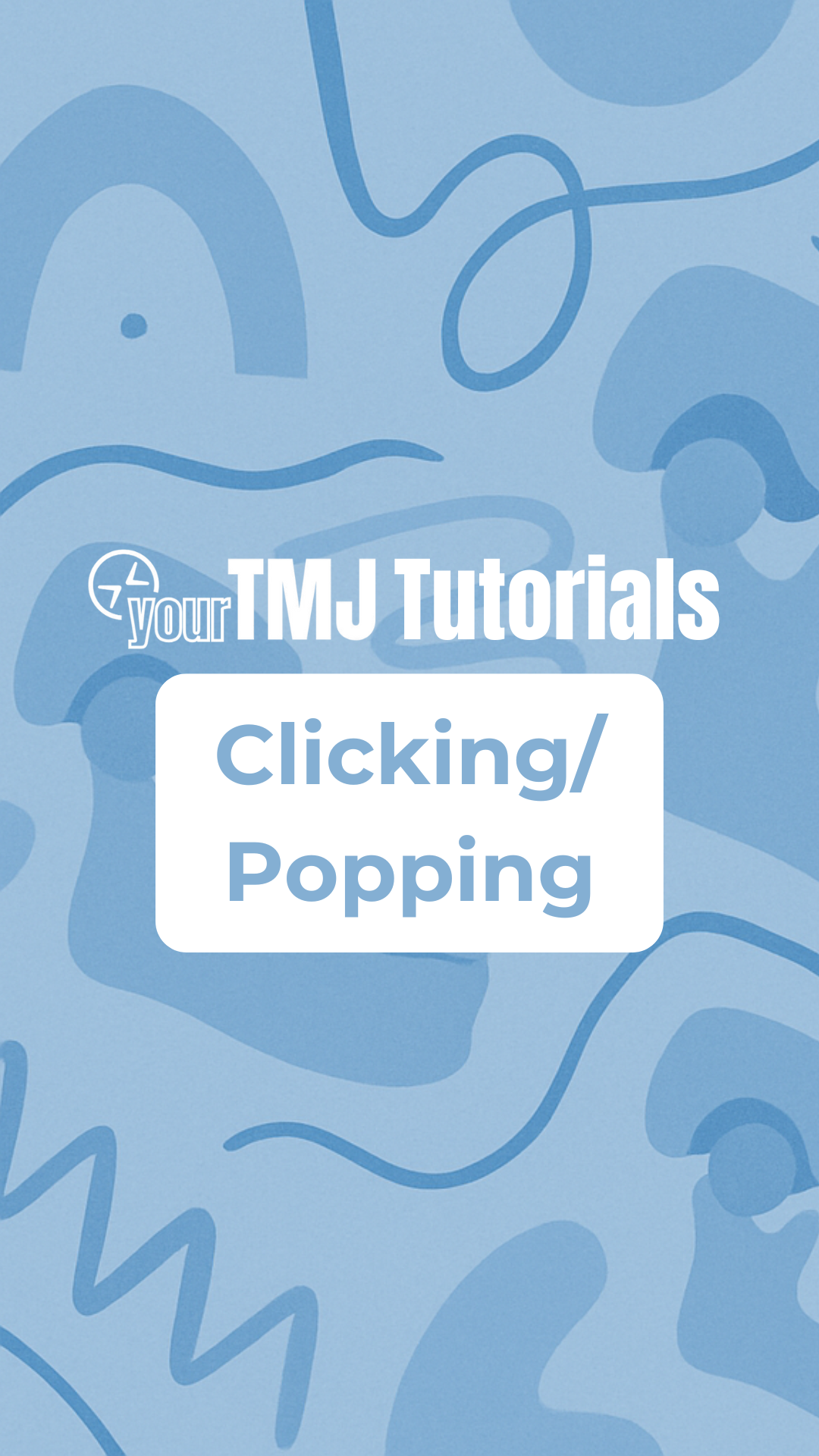
Video 8: Clicking/Popping
Summary
- Does your jaw click when you chew?
- We go over a 3 step process to try to normalize it along with why the clicking happens in the first place
- Apply heat and light pressure for around 5min
- Work on the pure rotation of the TMJ
- Work on the pure translation of the TMJ
ADDITIONAL STEP: Before doing all these steps, try releasing the lateral pterygoid muscle as well.
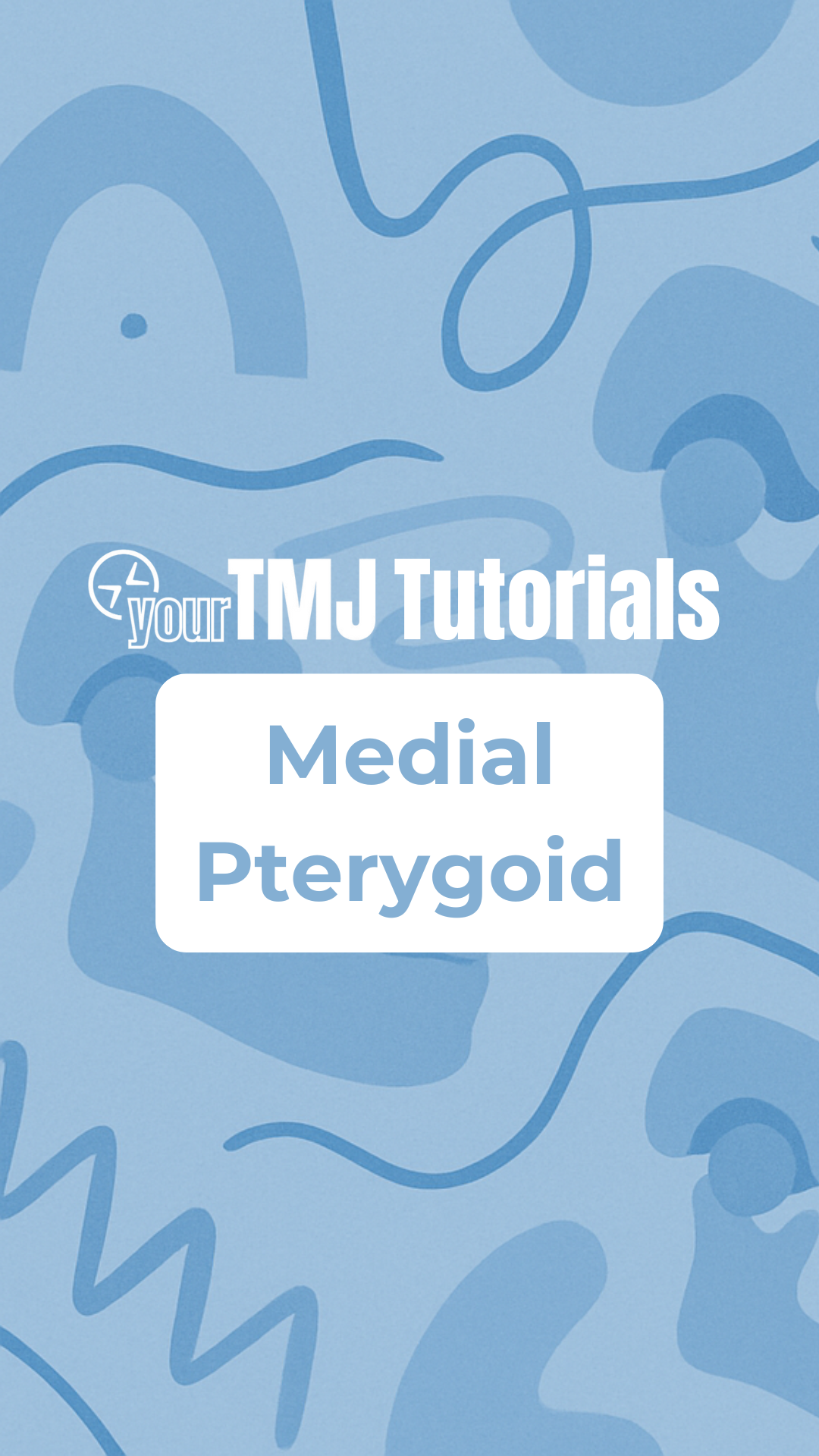
Video 9: Medial Pterygoid Release
Summary
- Ear feels clogged/stuffy (with head/jaw pain)?
- Tension in this muscle can compress the eustachian tube, blocking normal ear depressurization.
- We go over an extrnal AND internal release you can do for the medial pterygoid
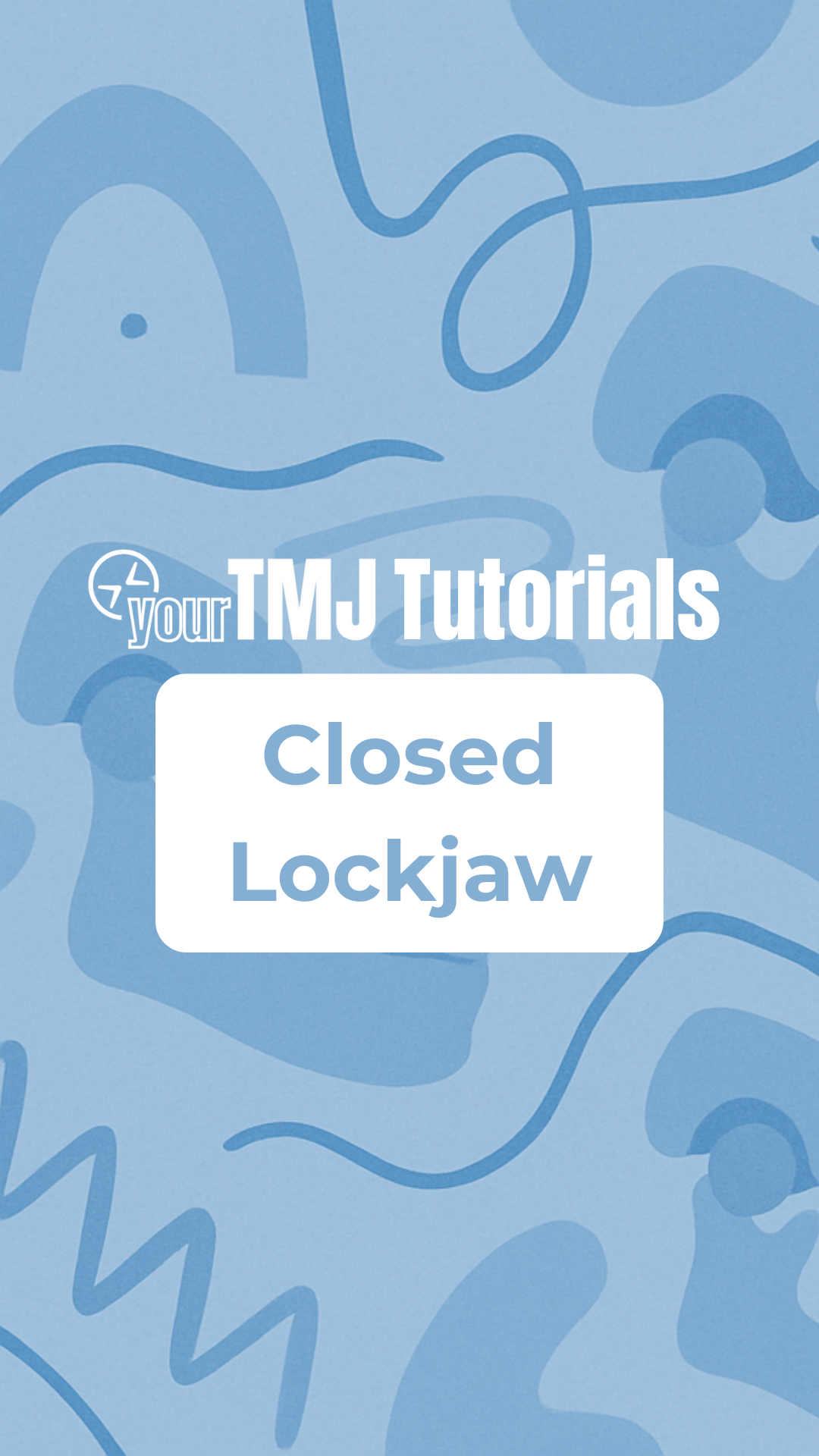
Video 10: Locked Jaw (Closed)
Summary
- Jaw suddenly locks shut? Likely the TMJ disc blocking the sliding motion
- Warm up + release chewing muscles (especially the lateral pterygoid).
- Unlock drills: side-shift→open→recenter, or molar-push with chin support.
- Aftercare: keep jaw slightly forward, avoid clenching/chewy foods; consider a splint; see a specialist if stuck.
More coming soon!
I'm currently scripting and filming way more videos for things like ear pain/fullness, open lockjaw, lymphatic drainage, as well as some amazing day to day relief tips that've changed my life! Check back in soon :)
